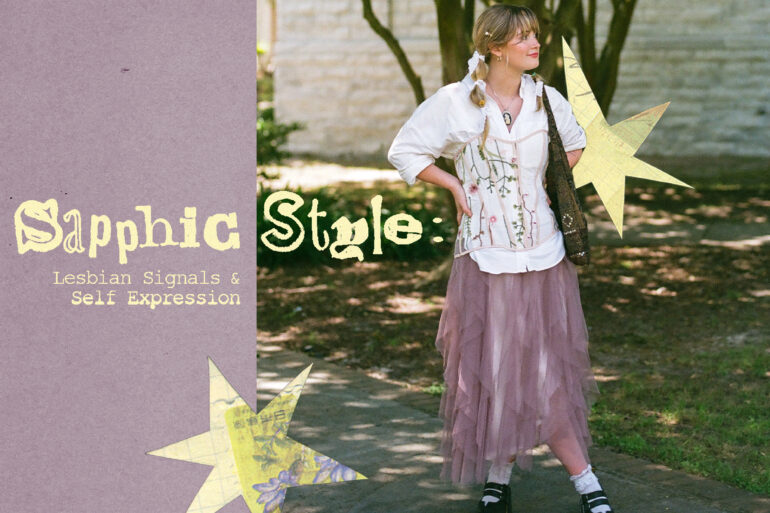Throughout history, fashion has been shaped by, and deeply entrenched in queer culture. From the legendary gay designers and creatives to the art of vogueing and a shared love of self-expression, fashion and queer culture often seem to go hand in hand—yet one group dominates this relationship: cisgender gay men. More and more queer people are entering the industry now, but Jil Sander remains the only major fashion designer from mainstream fashion history who identifies as a lesbian. As a lesbian in the fashion industry, it can be difficult to feel seen or heard when the industry is controlled by men and centers straight women.
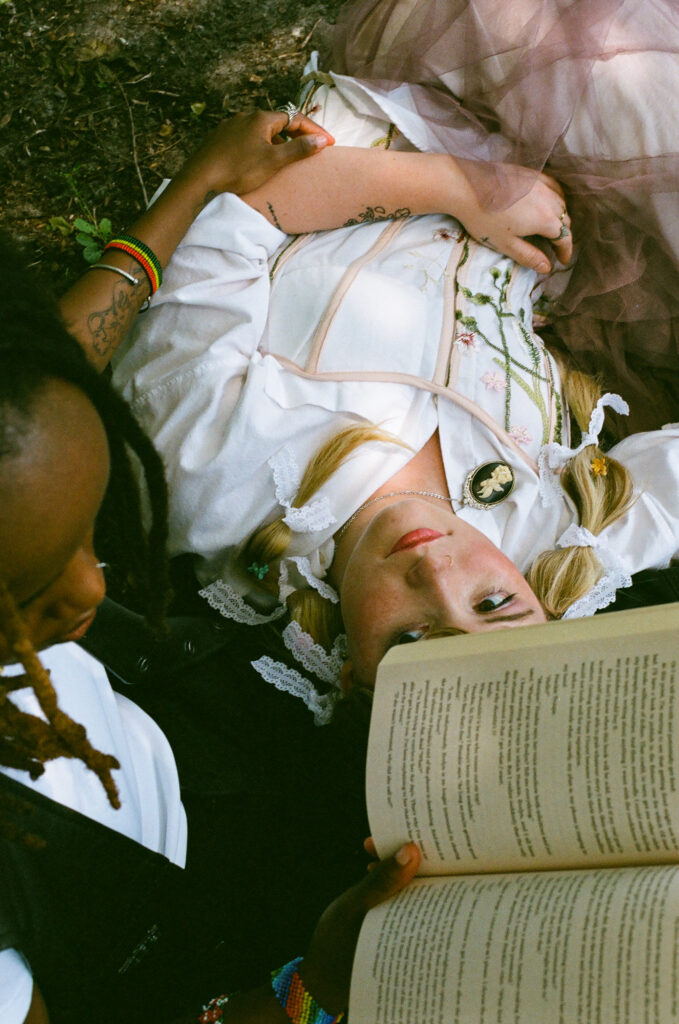
In the late 1980s, publications such as Out, Diva, and Attitude, which targeted queer audiences, started to emerge in the US and UK. These magazines gave queer communities the opportunity to read and consume content specifically from and about themselves and were some of the first businesses to identify the significance of the queer consumer. Yet despite these advancements, due to the financial barriers women still faced, lesbians and other sapphic women continued to be neglected when it came to advertising money.
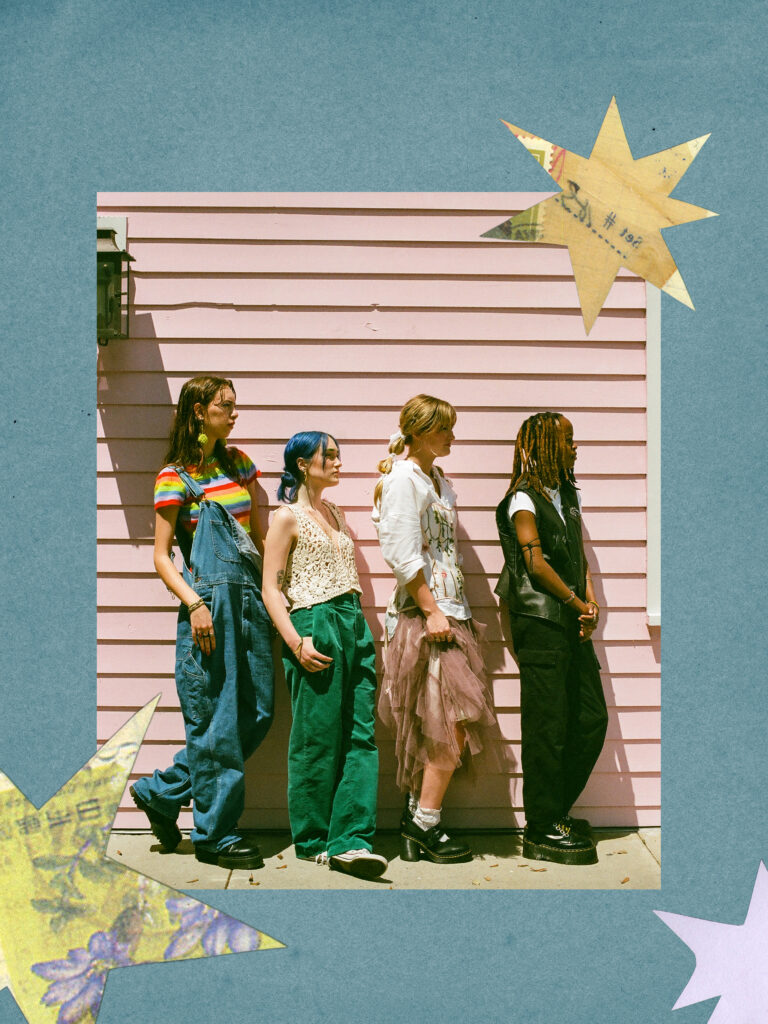
Traditionally, lesbians have been more associated with an anti-fashion mindset, making it even harder for fashion content to make its way (and be successful) into sapphic magazines like Diva. Yet, regardless of any attitudes towards or misconceptions about the fashion industry amongst the lesbian community, dress plays a huge part in the lives of queer women. For as long as queerness was considered something to hide, dress and style have functioned as signifiers for lesbians to be able to identify one another.
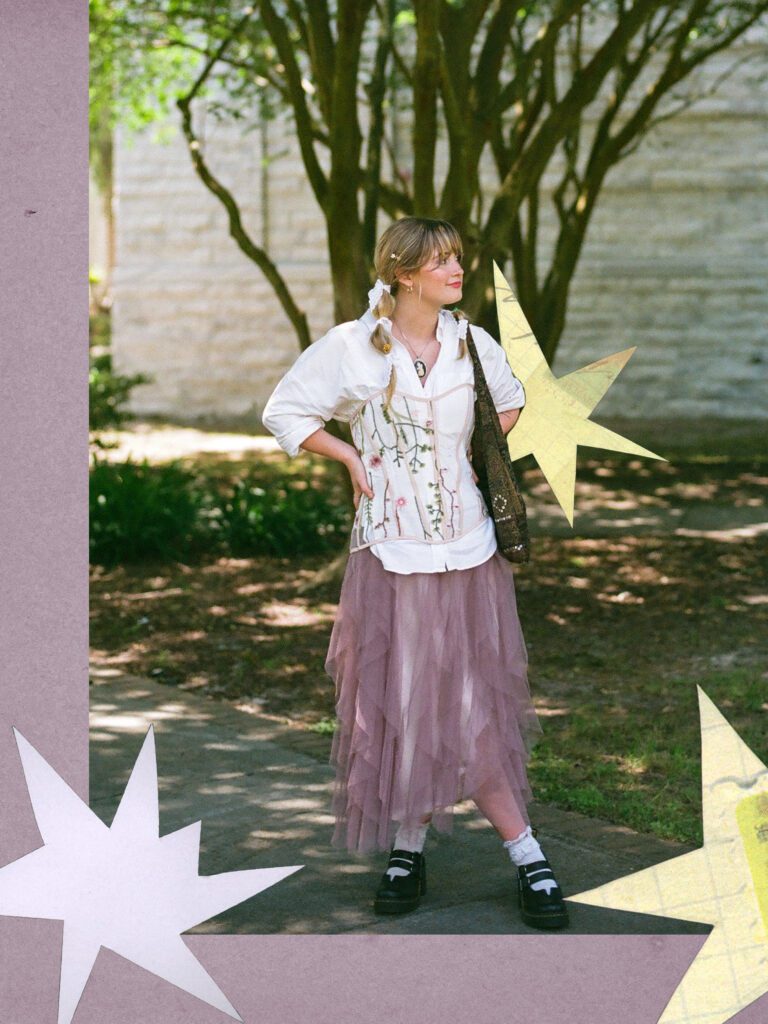
This particular practice of signaling queerness to one another is called flagging, and has played an absolutely crucial role in the ability of queer people to build community. Flagging emerged in the late 60s and early 70s through the implementation of the “hanky code”, a system originating amongst gay men using different colors of bandanas to signal queerness, as well as kinks and fetishes. The placement of the bandana (typically in a back pocket) signified further sexual preferences (left meaning active/top and right meaning passive/bottom). This enabled these men to identify one another and determine if their preferences would align in public, without even speaking. The practice was so widely adopted that many queer and erotic shops began to sell not just different colored bandanas, but also guides to decode the meanings of each color and placement.
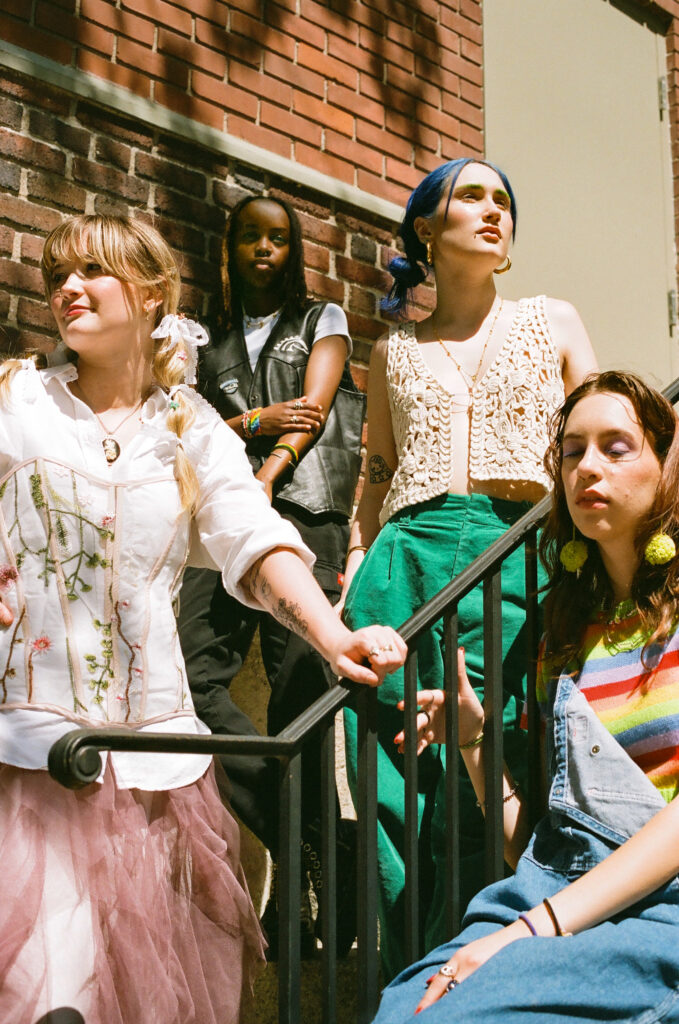
Although flagging originated from gay men and bandanas, the practice has been adapted for other identities. For sapphics, one of the most common coding or flagging items is a carabiner typically holding keys or other utilitarian tools worn on a belt loop, with left and right holding the same meanings from the original hanky code. Additional items have been more informally adopted by the sapphic community as subtle signals to one another of safety and identity.
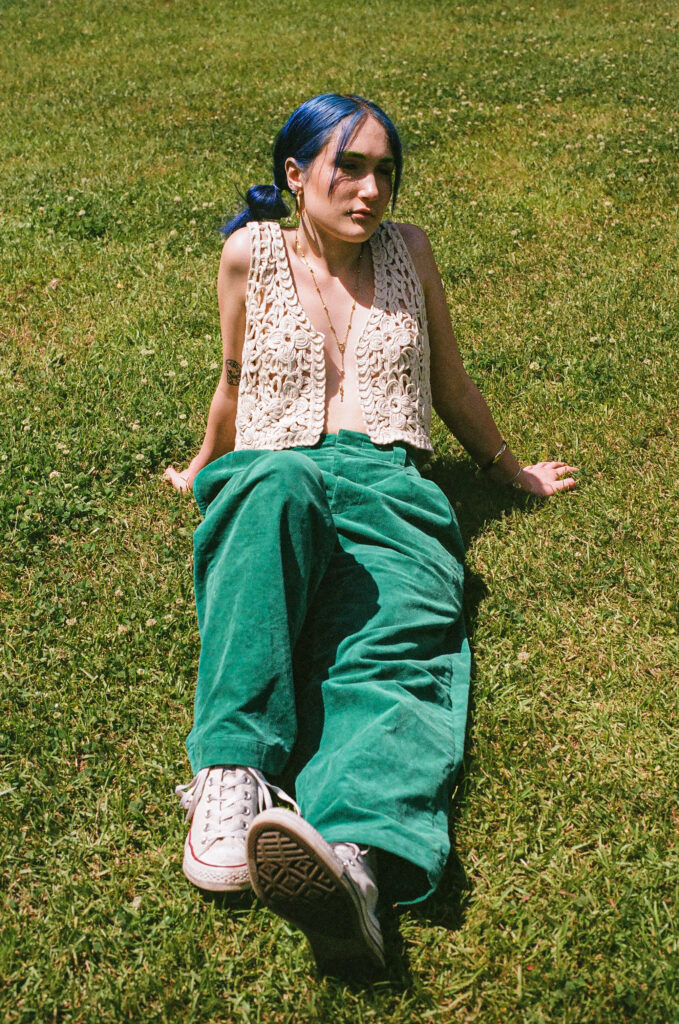
From vests to a pair of Dr. Martens and dungarees, to something as simple as a thumb ring, fashion is an essential aspect of lesbian self-expression. For many lesbians, fashion goes far beyond a simple aesthetic appreciation, but instead serves as an ensemble of clues to piece together in a puzzle that only we get to solve. It is how we know someone is a safe person; it’s how we see one another even if we feel the need to hide ourselves from the rest of the world. So although we are still working towards having a voice and a seat at the table in the fashion industry, fashion is inextricably linked to the lesbian identity and sense of self.
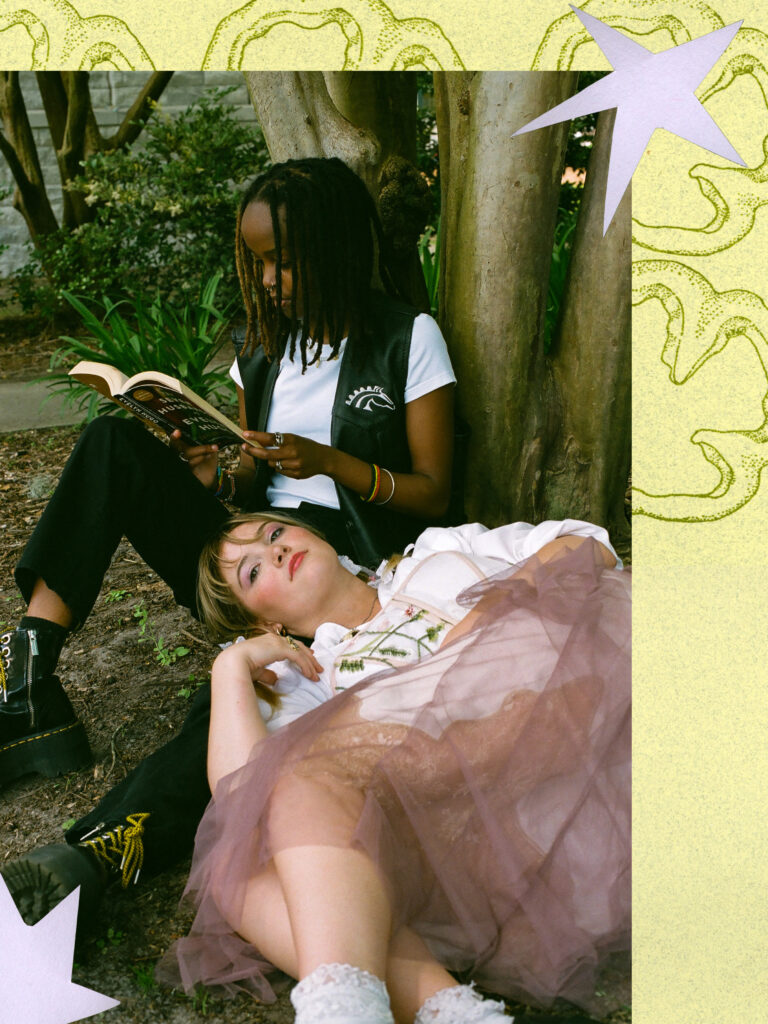
Words, Creative Direction, and Collage by Flora Medina.
Graphics Assist by Reem Hinedi.
Photography by Azure Kwok.
Styling by Flora Medina and Lexi Taylor.
Makeup by Ella Kosman.
Talent by Abi Krecic, Izzie Welch, Katie Kirby, and Mali Ortiz Kaluve.

